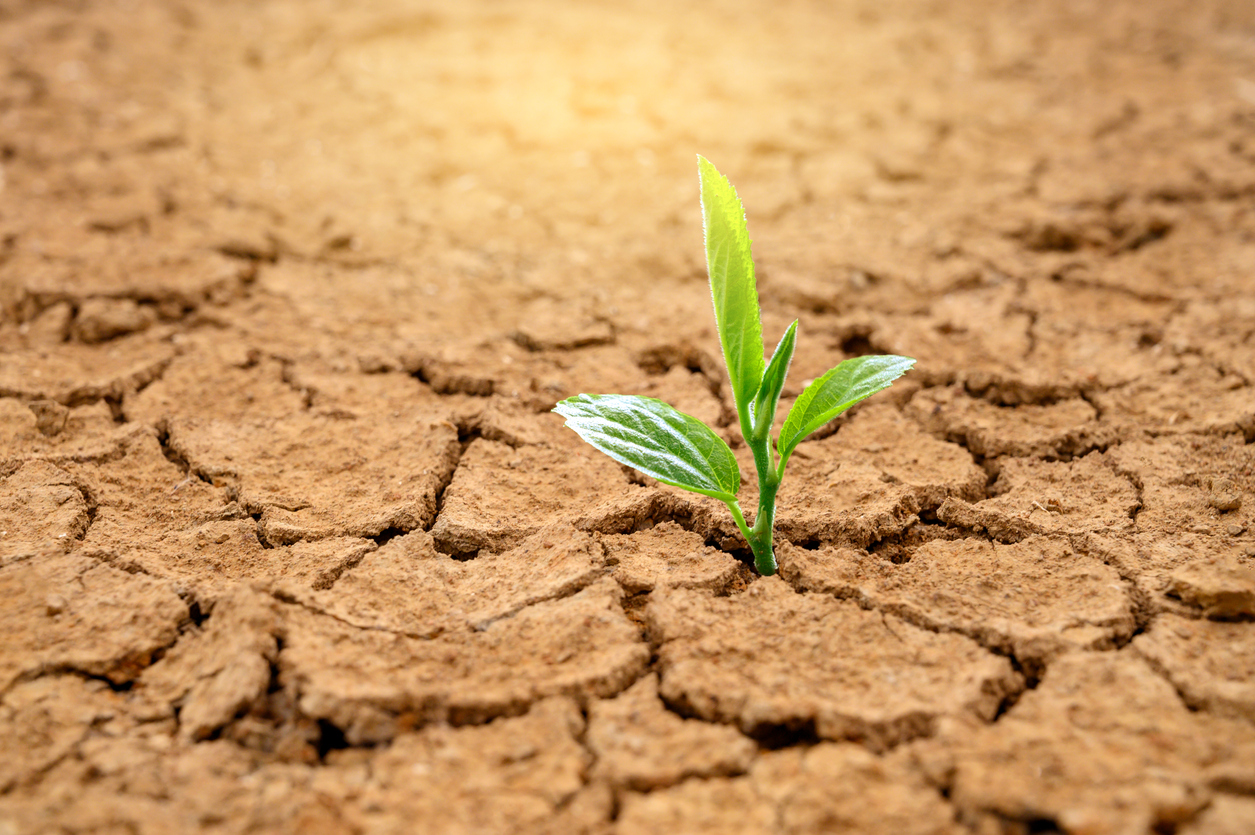Adapting Agriculture to Extreme Weather
The following information comes from a USDA-SARE grant on Midwest weather and climate. Extreme weather events may change your future farming operation. During wet springs, farmers often use larger equipment and additional hired help to plant in a shorter time period. Cover crops through evapotranspiration may dry the soil quicker. Controlled traffic also promote firmer soils for timely planting. The Ohio State University (OSU) is experimenting with autosteer and self- propelled robots which may allow equipment to get smaller. Smaller lighter equipment (3-4 rows) operated remotely using robotics decreases the weight and compaction factor and operate 24 hours per day. In 20 to 30 years (maybe sooner); planting, spraying and harvesting operations may be vastly different than it is today.
With a longer growing season expected, farmers will plant earlier and use longer season crops hybrids that they harvest later. However, OSU research shows that longer crop maturities do not necessarily produce higher yields. It depends on rainfall timing and growing conditions. Short season crop varieties have the ability to produce as much grain as longer growing crop varieties. Farmers may want to consider planting a short season variety and adding a cover crop to increase carbon in the soil. Increasing soil organic matter by 1% increases water infiltration and water holding capacity by as much as 1-2 inches per foot of soil (Hudson, 1994).
Soil crop residues decrease soil temperatures, beneficial in a drought or during a hot summer. This past summer, soil temperatures were 20 to 30 degrees cooler under no-till and cover crops compared to conventional tilled soils, conserving moisture lost to evaporation. In Illinois, soil temperatures on conventionally tilled soil reached 140F, which is high enough to kill soil bacteria. These farmers may need to inoculate their soybean fields to reestablish beneficial Rhizobia bacteria for N production. At 100F, 15% of moisture is used for growth and 85% moisture is lost through evaporation and transpiration. At 70F, 100% moisture is used for plant growth. For corn production, 75F requires 1 inch water/week, at 85F – 2 inch water/week, and at 95F – 4 inch water/week. Water requirements double for every 10F increase in temperature (Elwynn Taylor, 2012).
Moisture will vary from year/year. Increased summer precipitation may lead to increased planting densities for higher yields. Wetter springs and summers will lead to more tile with closer spacing AND sub-irrigation and controlled drainage to save water. Irrigation may pay if drought occurs extensively and crop prices and yields justify installation. Since water is the most limiting nutrient for crop yields, no-till farming and adding cover crops to increase organic matter may increase because they conserve moisture and they keep the soil cool.
Waterlogged soils in spring may promote shallow crop root systems more prone to disease, lodging, nutrient deficiencies, delayed planting, and drought. With more frequent rains, expect delayed fertilizer applications and with more intense rain events expect more soil erosion.
Expect increased incidence of water quality issues due to loss of nitrate and phosphorus fertilizer, increased sediment losses, runoff from manure application followed by warmer summers which promote harmful algae blooms. Since nitrogen volatilizes at soil temperatures above 55F, expect later fall nitrogen applications. The best current solution to these problems is to plant cover crops to decrease soil erosion, improve soil structure, water infiltration, and water holding capacity to tie up soluble soil nutrients.
Extreme weather will change insect, weeds, diseases, and soil microbe populations. Higher humidity will require more spraying for pathogens. Expect more problems with fall crop drydown. Warmer winters affects grains storage and increased insect and pest survival. Molds and allergens are expected to be major problems in the future due to increased temperatures and humidity. These changes also change the efficiency and persistence of herbicides (volatility) and fungicides which are expected to breakdown faster with higher temperatures and more moisture.
For livestock, expect more stress in summer if temperatures increase and the need for more air conditioning or ventilation. However, expect lower cold stress and lower heating bills in the winter. High humidity and higher air temperatures promote livestock parasites and disease stress. The biggest change may be in livestock feeding. With a longer growing season, forages are expected to have more energy but be lower in nitrogen, protein content, and have lower plant digestibility.
